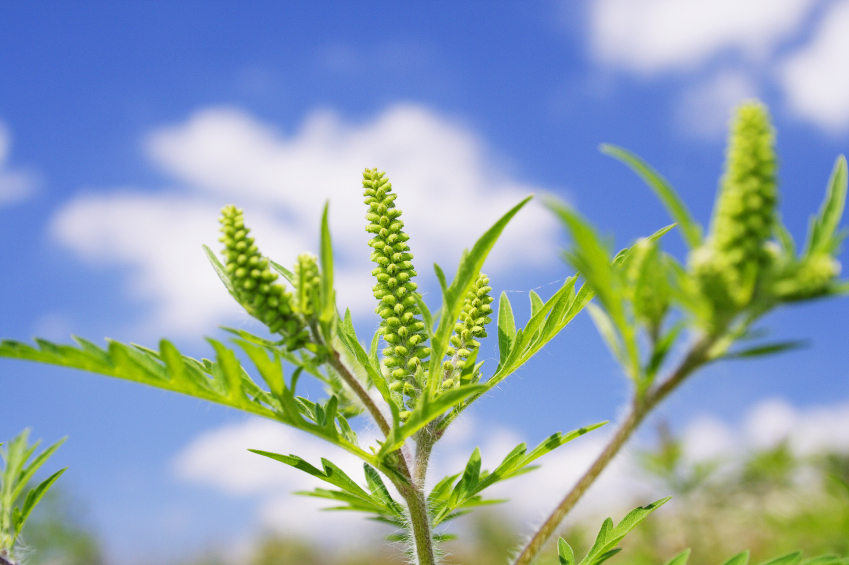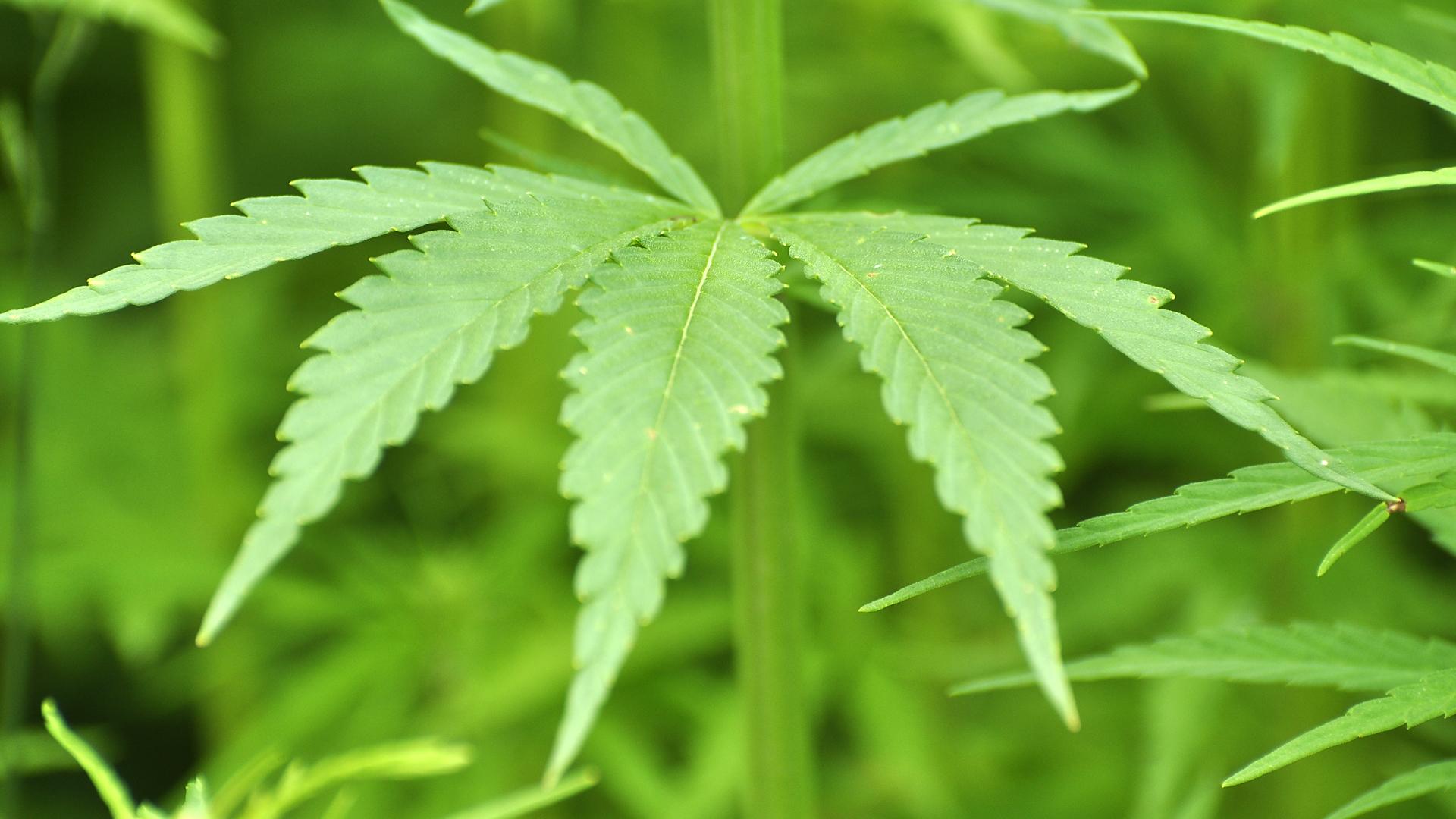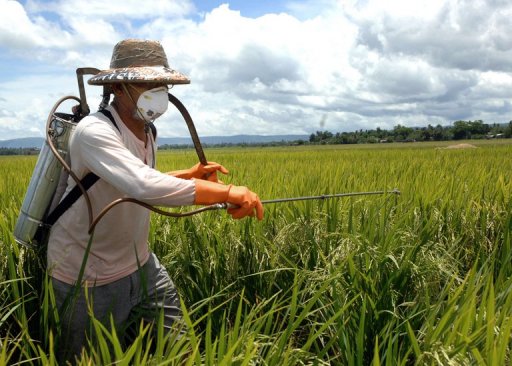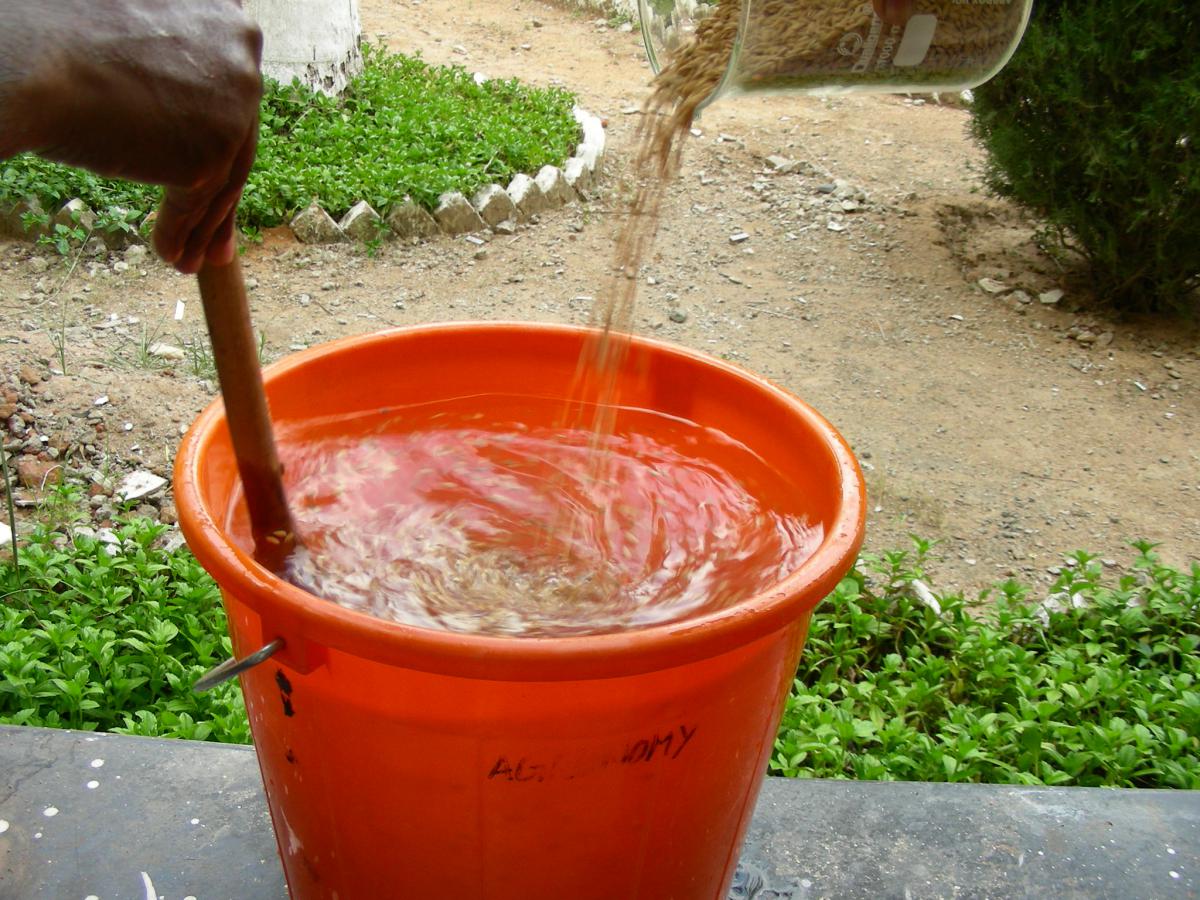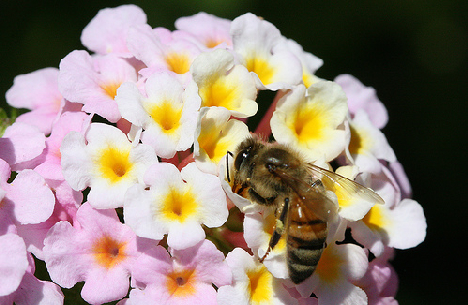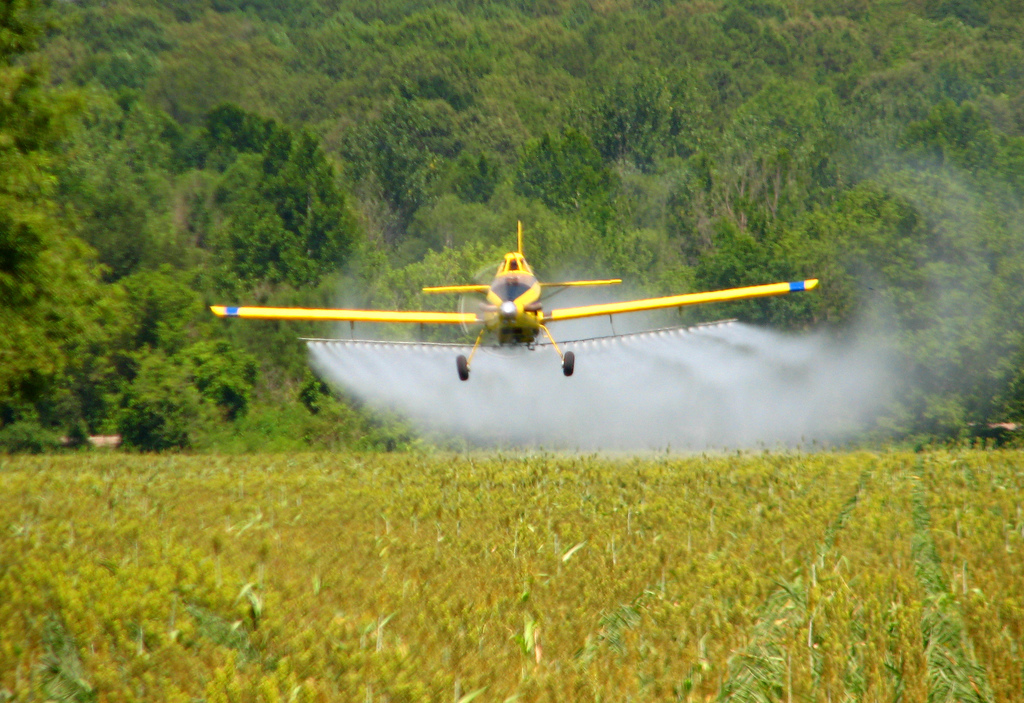Superweeds
New monster types of weeds are usurping fields across the world, because the use of ever bigger amounts of pesticides to cultivate herbicide-resistant genetically changed crops has unleashed a monster.
Experts in weed management ar sounding the alarm and looking out for brand spanking new ways in which to handle the matter when fifteen years of agriculture based mostly for the most part around Monsanto\’s flagship Roundup chemical, throughout that \”extensive and sustained use of glyphosate as a sole weed management mechanism\” has currently forced several farmers to drag weeds by hand or come to a pricey mechanical cultivation of the soil.
The increase of herbicide-resistant superweeds has become such a widespread issue that header mechanisms and mitigation methods were a dominant topic at the yank Chemical Society, the world\’s largest science and trade society, once it command its 246th National Meeting & Exposition.
Costs related to weed management have doubled, and in some cases tripled, throughout identical amount that crop yields have fallen sharply, casting doubt on claims that gram crops ar poised to resolve international food security problems.
\”The issues related to herbicide-resistant weeds ar spreading and intensifying , particularly weed species proof against multiple product, as well as the mainstay of twenty first century agriculture, the chemical glyphosate,\” aforementioned Bryan Young, Ph.D., a prof of Plant Soil and Agricultural Systems at Southern Illinois University in Carbondale WHO focuses on weed management methods.
\”More than two hundred individual weed species are confirmed proof against a minimum of one chemical, with infestations covering a lot of acres within the u. s. and sixty different countries. it\’s spreading on the far side soybeans and cotton [emphasis added].\”
\”Weed management in corn has become tougher in recent years because of herbicide-resistant weeds,\” Young explicit throughout his address to the yank Chemical Society.
The problem parallels the increase of dangerous new drug-resistant \”supergerms\” as a results of overusing antibiotics – the treatment has basically backfired and created a drag that\’s troublesome to manage.
Reproducing chop-chop, state of affairs out crops and competitive for wet and nutrients, superweeds ar defying multiple rounds of glyphosate – and currently, progressively, different herbicides like herbicide – and thriving.
Typical of those new categories of superweeds is Arnold Daniel Palmer amaranth pigweed, which may grow as tall as ten feet at an in. per day and includes a stem thick enough to wreck farm instrumentality. The weeds inherit resistance to those herbicides.
To fight back, the business trade is developing new herbicides that they claim work to \”sidestep\” the resistance mechanisms of weeds, whereas maintaining stress on herbicide-resistant genetically-modified crops like Bt varieties.
For Young and different specialists, this may need a fancy approach that takes into consideration seed choice, crop rotation, soil conditions and a mix of additional pesticides – new types of herbicides expected to realize approval and are available to plug – as well as two,4-D, dicamba, isoxaflutole and mesotrione.
In specific, Dow Chemical\’s 2,4-D, a significant part in weed killer, that was polemically used throughout the Vietnam War, is regular to emerge as a significant various to glyphosate and can even be deployed wide together with glyphosate.
Farmers mistreatment these new chemicals can have the extra burden of coordinating them with evolving gram seed varieties that match resistance with new chemical methods.
Bill Freese of the middle for Food Safety commented on the matter in 2010, noting, \”Biotech trade is taking United States into a additional pesticide-dependent agriculture once they\’ve continually secure, and that we have to be compelled to be stepping in other direction.\”
While herbicide-resistant superweeds have needed fashionable agriculture to use additional chemicals than ever before during a trend that may still spike, some ar even making an attempt to good autonomous weed-killing robots that may separately target unwieldy superweeds that additional and additional pesticides simply cannot management.

Thanks for installing the Bottom of every post plugin by Corey Salzano. Contact me if you need custom WordPress plugins or website design.

